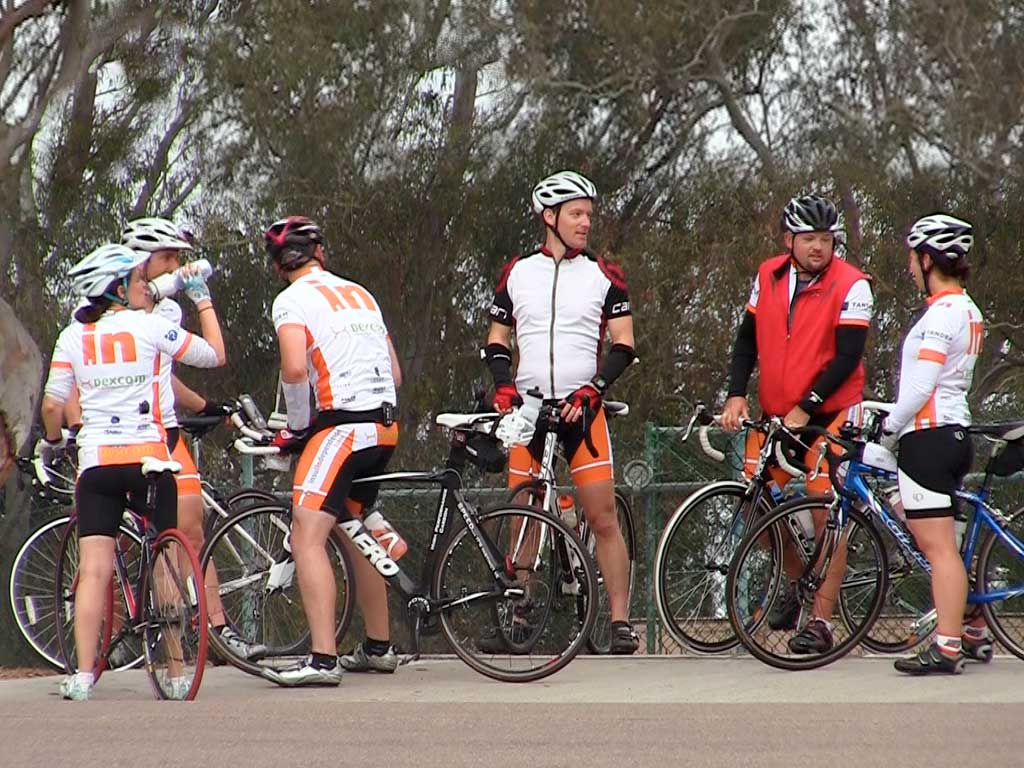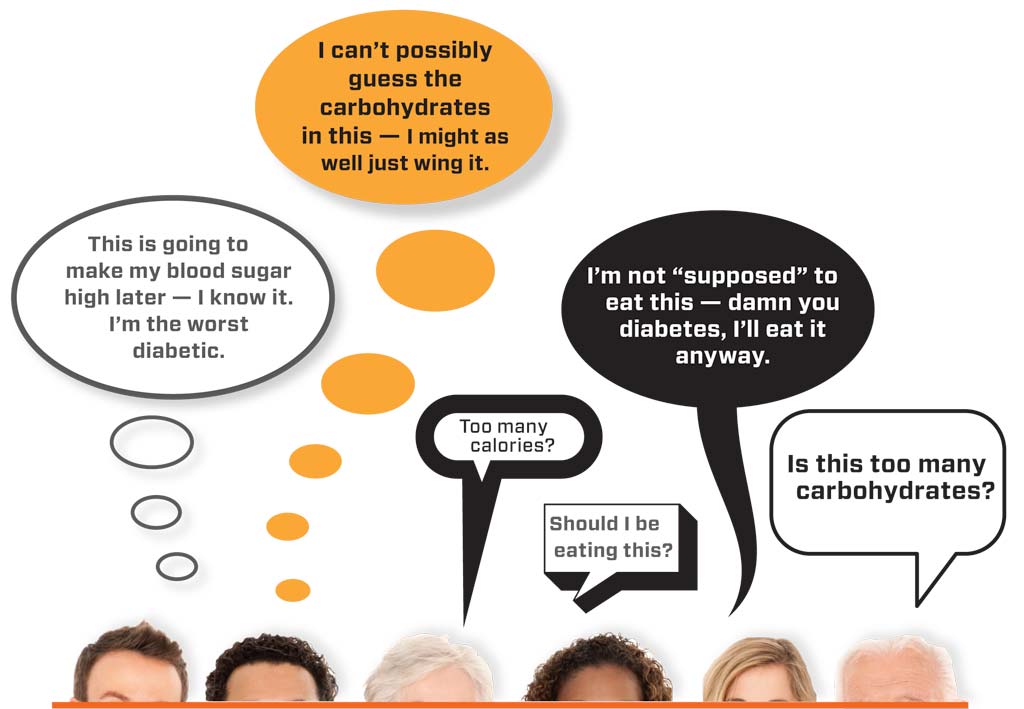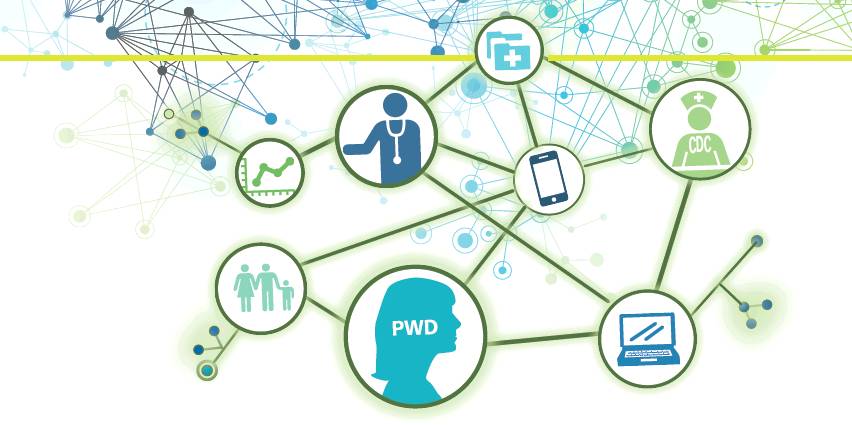Diabetes Communications Need More Positive Messaging

Types 1 and 2 diabetes are complicated conditions, yet representations of diabetes in the media are often crude and oversimplified, alienating people living with a form of the condition. More sensitive language can help us communicate facts, subtleties, and balanced perspectives about diabetes without drowning out the voices of individuals.
Alarmist Rhetoric
Prevailing rhetoric around diabetes is wrought with simplistic, sometimes forceful language, graphic imagery, and sobering figures to describe the risks associated with the disease. Media outlets and scientific journalists casually use terms such as “ticking time-bomb” and “silent killer” to allude to diabetes. Press offices and media frequently peddle out variations of the same terrifying statistics and morbid examples of injury to illustrate the potentially devastating effects of unchecked diabetes.
While the realities of unmanaged diabetes are serious, the imbalanced portrayal of diabetes propagates varying levels of fear, suspicion, and eventually, indifference. Often, this type of messaging rests on an intended shock-factor that aims to scare people into adopting healthier lifestyles or taking a certain action. Fear appeals, however, have been proven to be ineffective in various studies.
Infantilizing Labels
Additionally, the use of nondescript terms such as “sufferers” to refer to people with diabetes identifies those people by their condition, undermining perceptions of their agency. It fuels misunderstandings about their ability to live healthily and happily with diabetes– something millions of people do every day. Compounded by a lack of understanding of the intricacies of the condition, this approach creates a standard perception of people with diabetes (PWD) that does not validate each person’s unique experiences in managing the condition. However, the moniker PWD is also imperfect because it implies a reminder that the person is human, an unmistakable fact that can nonetheless seem patronizing.
The following are five tips for improving language about diabetes:
1. Use Culturally Competent and Inclusive Language
Because culture drives attitudes toward health, diet, and nutrition, communication surrounding diabetes should be culturally competent. For instance, some cultural or religious traditions regard dietary fasts as healing and beneficial to the body, and discussion of diabetes should be sensitive to these groups. In all cases, gender-neutral, inclusive language should be used when speaking about diabetes.
2. Highlight Hope
People don’t respond as well to threats as they do to positive reinforcement. Messages that emphasize hope and the possibility of positive outcomes are more likely to result in listeners adopting desired behaviors. Consider, for example, how you might respond to a dietitian insisting that you stop eating junk food versus a dietitian who encourages you to eat more fruit and vegetables for better nutrition. Regardless of your role in the community, take advantage of people’s inclination to respond to positive and inspiring messages to encourage change.
3. Humanize Communications
Statistics and symptoms may ring alarm bells, but sharing authentic human experiences to shed light on the condition further builds empathy. Take, for instance, two texts with the same overarching message: diabetes management has improved greatly with modern scientific advancement. The first text is a set of graphs illustrating a marked decline in diabetic nephropathy and cardiovascular disease incidences in people with diabetes over time in correlation with medical advancements. The second text contains the same facts, but features individual case studies of people whose lives have changed for the better with the adoption of modern therapies. Stories of individual triumphs and trials are more affecting than impersonal aggregate data.
4. Educate the Public
Empathy begins with understanding, and understanding begins with education. If you work in the media or use a platform to speak about diabetes, avoid using half-truths, click-baity headlines, and dramatic language about the threat of diabetes. Headlines such as this one seen in Newsmax in 2017, “Diabetes Threatens Kidneys, Eyes of Millions of Americans” are likely to stoke fears and misunderstandings about the nature of diabetes while stigmatizing and misrepresenting people who live with the condition. To encourage awareness, differentiate between diabetes types and use real insights balanced by demonstrable improvements in diabetes health. A more accurate, neutral headline might read, “Loosely Controlled Type 1 Diabetes Compromises Kidney Function and Vision.”
5. Make a Call to Action
In both health communications and advocacy, the importance of calls to action should not be overlooked. Every message should support an overarching call to action to drive the desired impact, enabling you to work in partnership with your audience toward a common goal. Calls to action not only keep people engaged, but can help you measure the impact of your campaign. In diabetes communications, calls to action can be simple and powerful, such as encouraging people to get a free check-up at a public health fair.
Unless we curate authentic, positive messages around diabetes, the gap between understanding and reality will continue to widen, as misconceptions and misinformation abound. Whether we are diabetes awareness activists, healthy living advocates, or media professionals, it is our responsibility to use language and information that inspires and empowers people with diabetes.
Do you have an idea you would like to write about for Insulin Nation? Send your pitch to submissions@insulinnation.com.
Thanks for reading this Insulin Nation article. Want more Type 1 news? Subscribe here.
Have Type 2 diabetes or know someone who does? Try Type 2 Nation, our sister publication.







